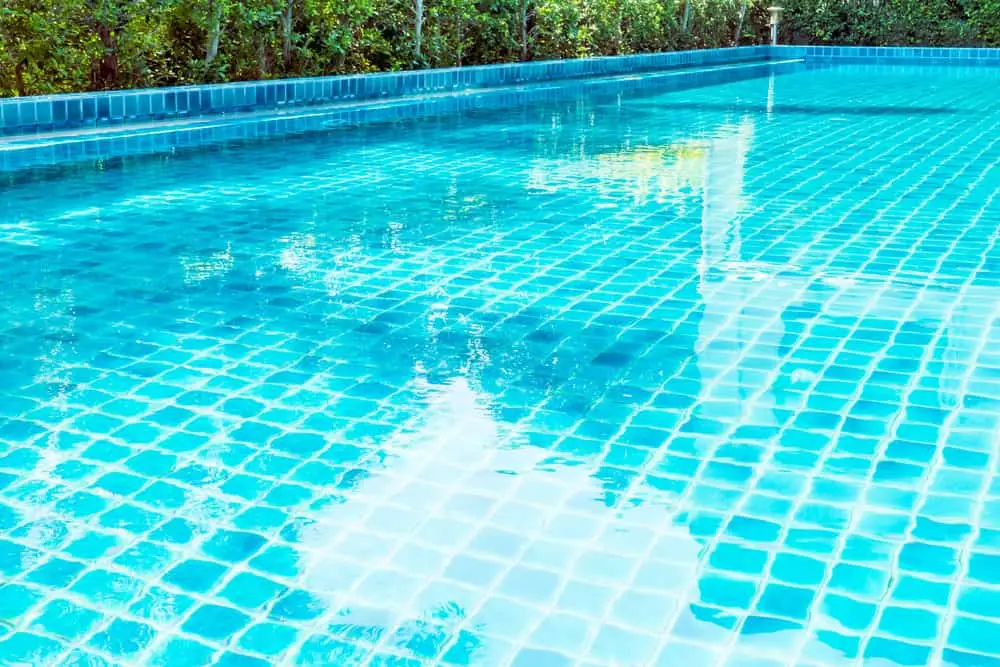free chlorine low after shocking pool
Chlorine works best at lower pH levels. As a result even after shocking there is no free chlorine in the pool.

What To Do If Total Chlorine Is Higher Than Free Chlorine Hot Tubs And Swimming Pool
Then test your chlorine level after the cyanuric acid has been dispensed and is well circulated.

. 4 Best Time To Shock A Pool To Raise Free Chlorine. Theres a lot of science involved in shocking a pool. How Does Pool Shock Work.
When this happens you want to quickly get your chlorine level back up to the recommended 3-5ppm parts per million before algae or. 48 hours after adding the shock the chlorine level is off the scale of my test kit. Shock your pool when the Free Chlorine FC is low and Combined Chlorine CC is high to raise the FC level to at least 10 ppm.
The main reason for pool shocking is raising free chlorine levels in your swimming pool to a point where contaminants such as algae chloramines and bacteria are destroyed. For instance if your pH level is above 76 then youve wasted half of the chlorine. Zero Chlorine Bad 3-5ppm Good.
Sometimes after a party for example your chlorine level will just bottom out. How long should you run the filter after shocking a pool. Of course if there was a heavy downpour it would alter the chemical balance of your pool including the free chlorine level.
Most chlorinators have a super-chlorinating setting but using this setting wont add enough chlorine quickly enough to kill algae or clear severely clouded water and it isnt a substitute for shocking the pool. Indeed chlorine is a powerful disinfectant and a chemical product that considerably varies the pH of the water which is brutal in the case of shock treatment. 23 Get Rid of Algal Blooms.
Keep your pool uncovered after the shock treatment to allow the oxidation gasses to escape into the air. After shocking your pool you should allow the filter to run for about 6 to 24 hours depending on the chlorine level after the shock treatment. When it says overnight.
Very High Chlorine After Shocking. Just to summarize these are three basic chemical requirements for a pool to stay clear. When rain falls the droplets carry oxygen.
To find out your combined chlorine level test your water and subtract your free chlorine level from the total chlorine level. Was there a heavy storm recently. No it is not.
For normal use your pools pH should be between 74 and 76. Another method of breaking chlorine lock is shocking your pool. If youre regularly experiencing low free chlorine levels in your pool one of the following reasons may be to blame.
We typically see more pools with a high demand for chlorine during spring opening. Shock treatment should be done on a regular basis typically once a week or after heavy rains or swimmers have been in the pool. You will likely notice chlorine suddenly registering on the test strip.
High levels of the wrong chemicals can cause water to turn cloudy or milky after shock. For the first time the year I shocked my pool in ground vinyl about 12000 gal with 1 lb Power Powder Plus. The additional Chlorine from the Shock and the Shock Oxidizer.
Leslies Fresh N Clear Chlorine-Free Oxidizing Shock eliminates non-living organics prevents chloramines and enhances sanitizer efficiency for pools and spas. 35 Salt Mineral Chlorinator. Make A Shocking Solution.
I mean I always understood that I should have about 2ppm reading for normal pool use and after shocking the ppm should drop within a few days back to normal because you use a fast working chlorine. Earn at least 6 in points for this item by joining Pool Perks. To effectively shock the pool you must quickly raise the free chlorine concentration to 10 ppm or more and you do this the same way.
Consistently Low Free Chlorine Levels. Start by filling the bucket with water about ¾ full and then adding in 1 bag of shock. The level of free chlorine on your pool measures zero.
After shocking your pool you should allow the. This can offset the balance of the water chemistry. Pool algae is a result of low chlorine levels in your pool poor water chemistry or bad filtration.
Pool shock works by raising the chlorine concentration in the water to a level that is high enough to kill bacteria and other contaminants. Avoid shocking in the sunlight as it will decrease the pools chlorine level. Next add a pool conditioner until reaching the ideal range 30-50PPM.
3 Possible Methods to Raise Free Chlorine Levels. Algae on bottom of the pool after shocking. Run the pool filter for 8 hours 24 hours for a cloudy pool.
Then add a Shock Oxidizer to break up the Combined Chlorine CC also known as Chloramines. Evening or night is the best time to shock the pool. Is it safe to swim in a pool with low chlorine.
If using granular shock youll need a 5 gallon bucket for this part. Shock Your Pool. Unless the water has a sufficient free chlorine level algae will grow and make your pool green and cloudy.
A pH level of 72 to 78 offers the best balance between chlorine effectiveness and swimmer comfort. Before the shock the chemistry measured fine -- 3 ppm chlorine 72 pH 140 ppm total alkalinity. For shocking it should be between 72 and 76.
In fact chlorine is incredibly potent in acidic water but this would be a far lower pH level than youd want to see in a pool. High pH Levels. The second most common reason for shocking your pool or spa is to raise the sanitizer level quickly.
Bring your chlorine levels to 20ppm or three times higher than the current levels. We recommend using a non-chlorine oxidizing shock until your free and total chlorine reads the same. You may find the pool foggy after shocking especially if the high chlorination causes the pool pH alkalinity and calcium hardness to go high.
5 Tips Tricks for Raising Free Chlorine Levels. Thats why its best to use a low pH range somewhere between 72 and 74 when shocking your. This in turn leads to the use of more chlorine.
Its not a good idea because algae bacteria. Different factors can contribute to low free chlorine levels in your pool. Your pH Level Is Too High.
The two main types of pool shock are chlorinating. First you will need to test your cyanuric acid level. First you will need to test your cyanuric acid level.
In fact the chlorine level might even register a.
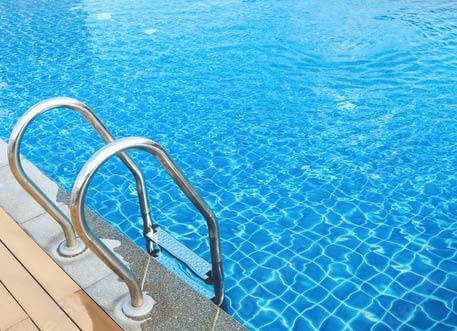
Pool Chlorine Level Not Registering After Shock Lancelhoff
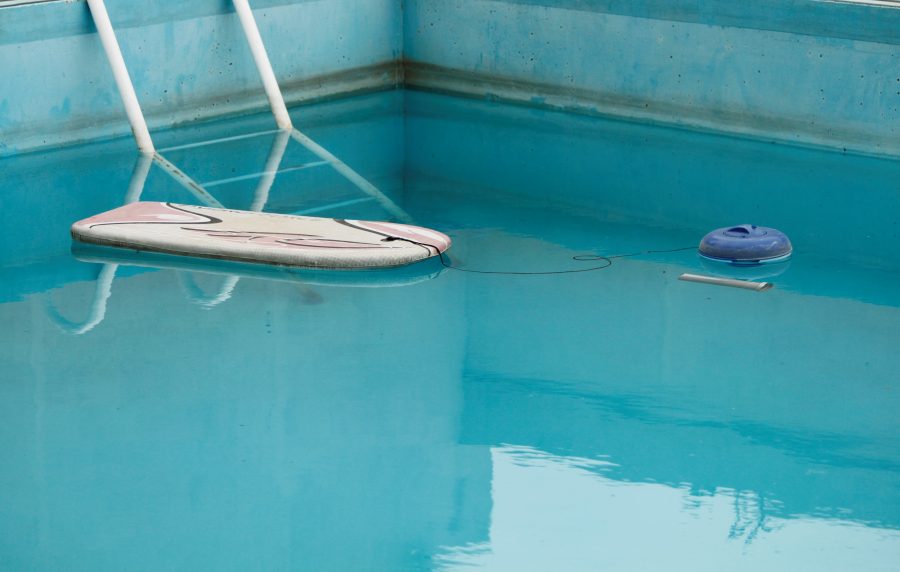
Can Too Much Chlorine Make Pool Water Cloudy

Pin On Swimming Pool Chemicals And Equipments
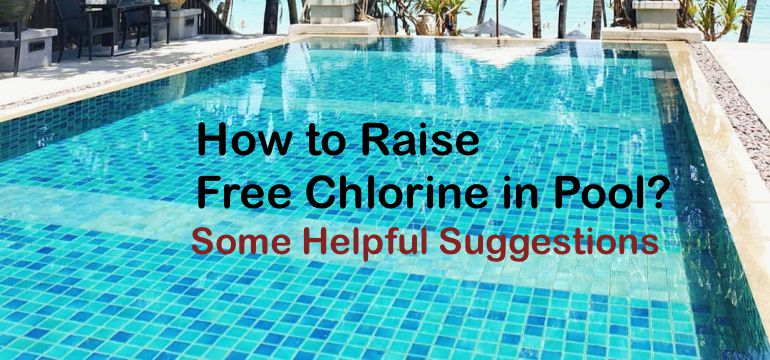
How To Raise Free Chlorine In Pool Some Helpful Suggestions

Sun Shock Chlorine Free Pool Ionizer And Purifier Rsi 1000 Chlorine Free Pool Free Pool Pool

How To Maintain A Saltwater Swimming Pool Hunker Saltwater Pool Above Ground Pool Pumps Pool Pump
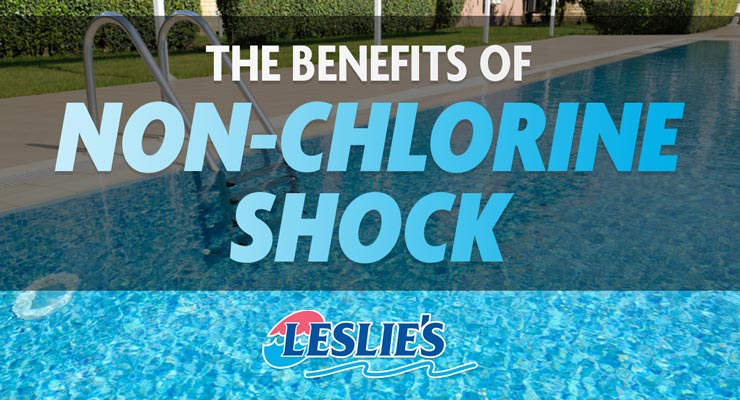
The Benefits Of Non Chlorine Shock
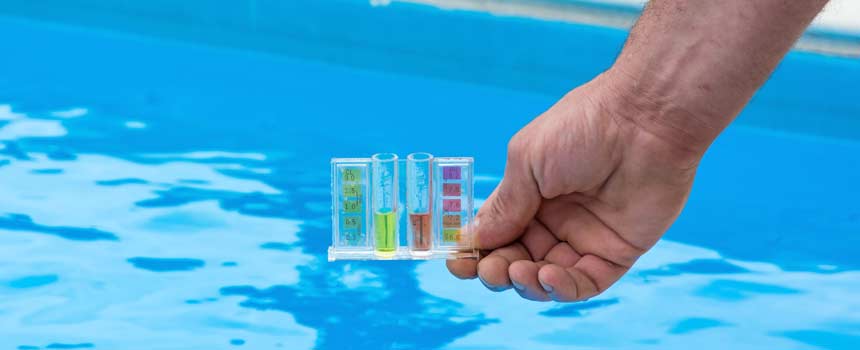
What Are Free Chlorine Combined Chlorine And Total Chlorine Pool Calculator

The Right Chlorine Shock To Use And How To Shock Your Swimming Pool Swimming Pools Pool Chemicals Swimming Pool Maintenance

Swimming Pool Care Testimonies Pool Testimonials From Around The World Swimming Pools Pool Care Pool

I Can T Keep A Free Chlorine Level In My Pool Youtube
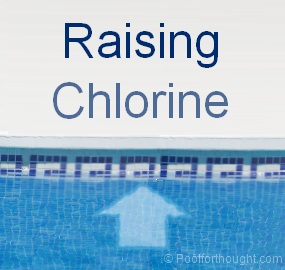
Raising Swimming Pool Chlorine

Pool Ionizer System For Inground Above Ground Pools And Spas Chlorine Free Pool Spa Pool Swimming Pools Inground

When To Use A Chlorine Free Shock Oxi Chlorine Free Shock Oxidizer Clorox Pool Spa Youtube
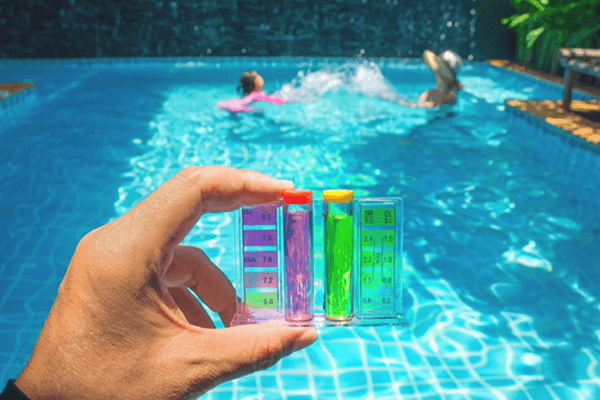
How To Raise Free Chlorine In Pool Tips Tricks Included Livingproofmag

Sun Shock Chlorine Free Pool Ionizer And Purifier Rsi 1000 Chlorine Free Pool Free Pool Solar Pool Heater


